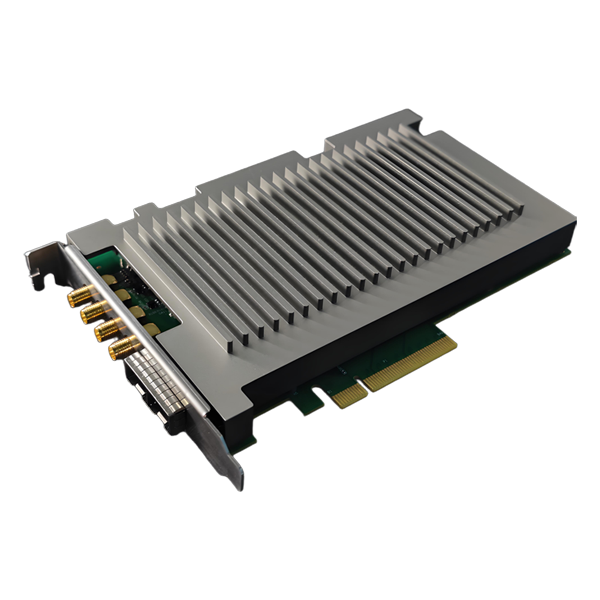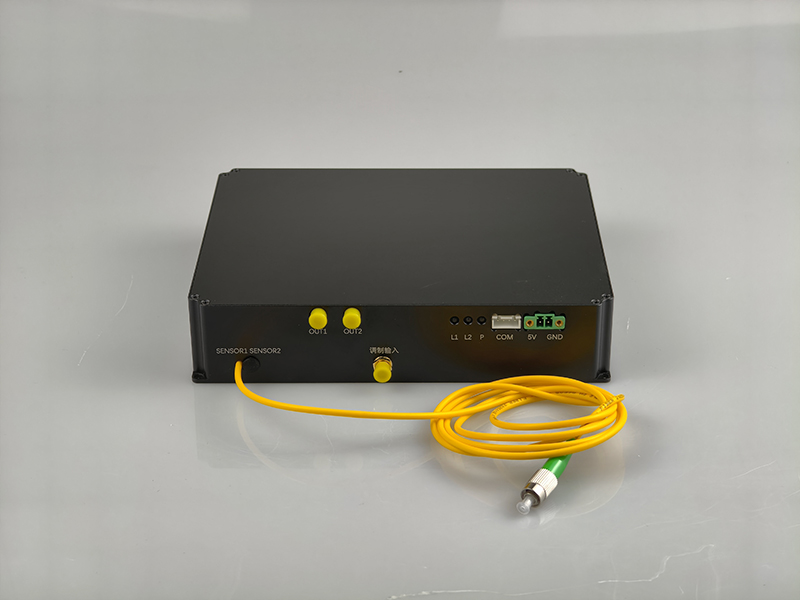Fiber Optic Sensing Explained: How DVS (Amplitude) and DAS (Phase) Work, Differences, and Use Cases
Distributed fiber optic sensing technologies, such as DVS (Distributed Vibration Sensing) and DAS (Distributed Acoustic Sensing), leverage advanced optical principles to monitor vibrations and acoustic signals over long distances. While both rely on φ-OTDR (Phase-Sensitive Optical Time Domain Reflectometry) as their core technology, they differ in data demodulation methods (amplitude vs. phase) and application scenarios. Here’s a detailed comparison:
DVS (Distributed Vibration Sensing)
What is DVS?
DVS is a fiber optic sensing technology that detects vibration signals by analyzing amplitude changes in Rayleigh backscattered light, utilizing φ-OTDR.
How Does DVS Work?
- Principle: Based on φ-OTDR, a laser pulse is sent through the fiber, and the system measures amplitude fluctuations in Rayleigh scattering caused by external vibrations.
φ-OTDR injects coherent light into the fiber and detects minute changes in the amplitude of backscattered light.
Vibrations alter the local refractive index of the fiber, modulating the amplitude of scattered light.
- Demodulation Method: Focuses on amplitude data to detect vibration intensity and location.
- Key Features:
High sensitivity to low-frequency vibrations (0.1 Hz – 1 kHz).
Spatial resolution: 1–20 meters.
Real-time monitoring over distances up to 50 km.
Applications of DVS
Security: Perimeter intrusion detection (e.g., fences, pipelines).
Infrastructure Monitoring: Bridge, tunnel, and dam structural health assessment.
Earthquake Detection: Early warning systems for seismic activity.
DAS (Distributed Acoustic Sensing)
What is DAS?
DAS is a fiber optic sensing technology that detects acoustic signals by analyzing phase changes in Rayleigh backscattered light, also based on φ-OTDR.
How Does DAS Work?
Principle: Uses φ-OTDR to extract phase information from backscattered light.
Acoustic waves induce strain on the fiber, causing phase shifts in the scattered light.
The system analyzes these phase variations to reconstruct acoustic frequency and amplitude.
Demodulation Method: Relies on phase data for high-resolution acoustic signal reconstruction.
Key Features:
Broad frequency range (1 Hz – 10 kHz), ideal for complex sound fields.
Spatial resolution: 1–10 meters.
Capable of distinguishing overlapping signals (e.g., multiple vehicles or fluid flows).
Applications of DAS
Oil & Gas Exploration: Downhole monitoring, hydraulic fracturing analysis.
Traffic Monitoring: Vehicle classification, railway track integrity assessment.
Subsea Monitoring: Underwater cable security, marine activity tracking.
DVS vs DAS: Key Technical Differences
| Aspect | DVS | DAS |
|---|---|---|
| Core Technology | φ-OTDR (amplitude demodulation) | φ-OTDR (phase demodulation) |
| Primary Signal | Low-frequency vibrations | Broadband acoustic waves |
| Sensitivity | Amplitude changes (~10⁻⁶ strain) | Phase changes (~10⁻⁹ strain resolution) |
| Frequency Range | 0.1 Hz – 1 kHz | 1 Hz – 10 kHz |
| Data Output | Vibration intensity maps | Acoustic frequency spectra |
Why φ-OTDR Unifies DVS and DAS?
Both DVS and DAS are built on φ-OTDR, but their functionalities diverge based on demodulation targets:
DVS prioritizes amplitude demodulation for vibration detection.
DAS focuses on phase demodulation for acoustic wave analysis.
This flexibility makes φ-OTDR a versatile platform for diverse sensing needs.
Conclusion
While DVS and DAS share the same foundational technology (φ-OTDR), their distinct demodulation methods—amplitude for vibrations and phase for acoustics—define their unique applications. Understanding these differences empowers industries to deploy the right technology for scenarios ranging from pipeline security to seismic exploration.

